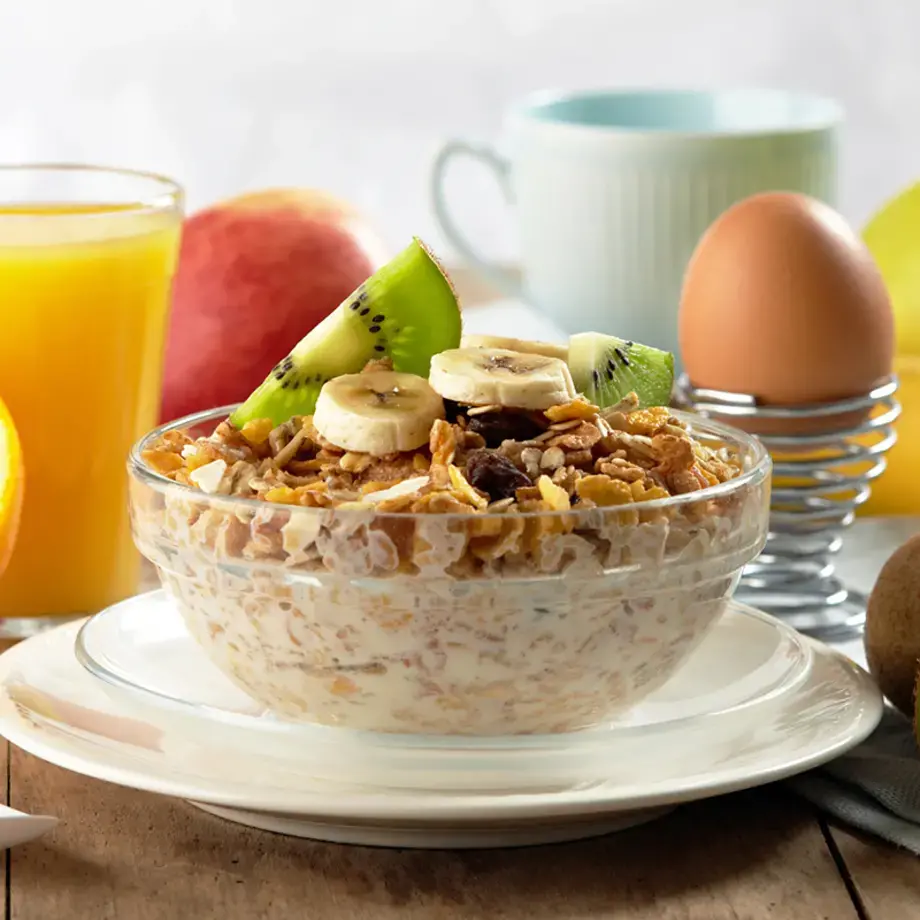Sensual, aromatic and appetizing, not only doing sauces enhance our food, but it can also teach us a lot about the close bond between cooking and science. Let’s start from a consideration that may initially sound banal: sauces have to be velvety. Some sauces do have an uneven consistency, but the most popular ones are those that seem to caress the palate.
A sauce, in almost all cases, is an emulsion, meaning a mixture of two or more liquids that tend to separate. For example, vinaigrette sauce is composed of oil and vinegar: tiny drops of vinegar dispersed in oil produce a sauce that looks smooth and even but which, after a few minutes, will start to separate.
Is it possible to make an emulsion more stable or more fluid? Certainly, so long as you become familiar with a few scientific notions. You have to know that in an emulsion, the liquid transformed into droplets is known as the “dispersed phase”, while the liquid surrounding the droplets is the “continuous phase”. Our palate is more aware of the tactile sensations produced by the second liquid, while the first adds sharp aromatic notes, such as acidic flavours. You may wonder why mayonnaise is so velvety and stable. This is because oil constitutes the continuous phase while lemon provides the dispersed phase.
The Power of Emulsifiers
The problem with most emulsions is that sooner or later they are subject to the phenomenon of “coalescence”: the tiny droplets of the dispersed phase gradually unite to reconstitute the original liquid and separate from the continuous phase. The greater its propensity to coalesce, the less velvety the sauce will be. To solve this problem, we need to use an “emulsifier”.









